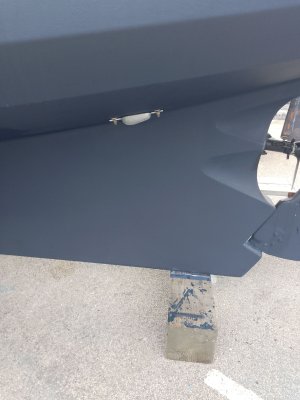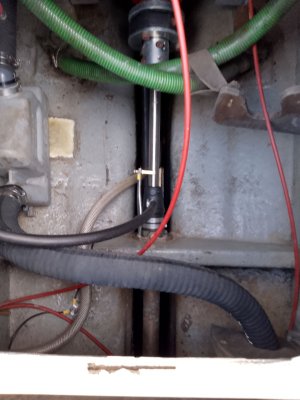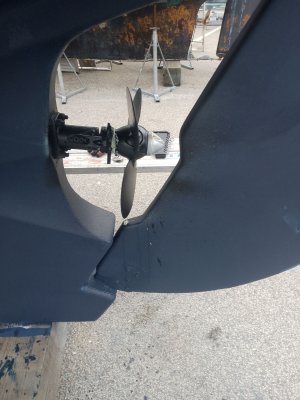Alex_Blackwood
Well-known member
Paul, Take your points. Surly the GI will provide isolation from any stray leakage associated with the boat circuits. I understand the shore power application. I was working on the principle that it won't do any harm if used in both cases. No problemA couple of points Alex.
1) No need to move the GI, it's only there for shore power, would serve no purpose in the generator circuit.
2) There should be an RCD/RCBO in both the shore power and generator circuits, not a shared one after the change over switch, see my comments in post #19



